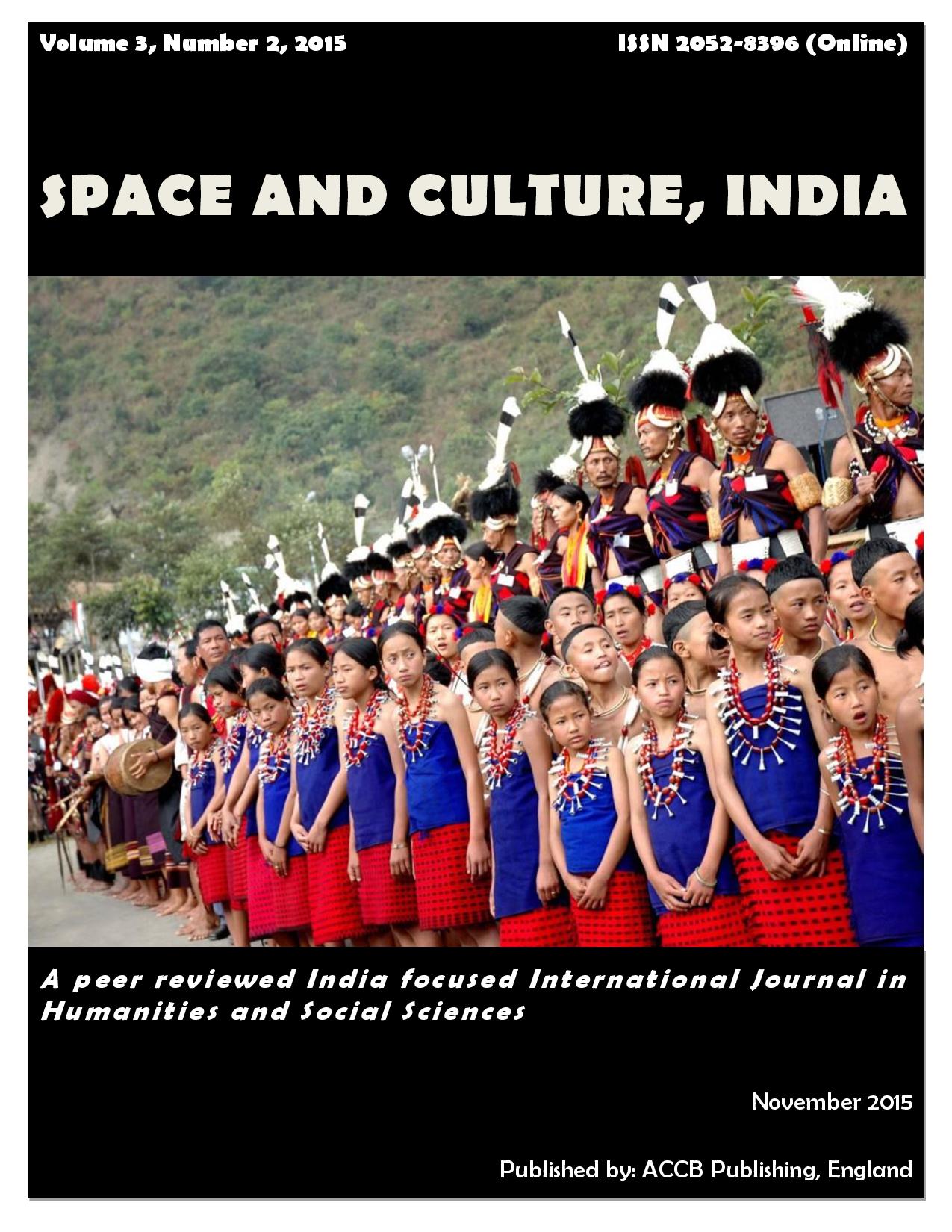The Naga National Struggle, ‘Framework Agreement’ and the Peace Prospects

Abstract
The signing of the ‘Framework Agreement’ between the Government of India (GOI) and the National Socialist Council of Nagaland (Isaac-Muivah) on 3 August 2015 that pledges to restore ‘pride and prestige’ of the Nagas takes place after more than six-and-a-half-decades of violence and militarisation of the Naga society. The Agreement has been signed at a moment when the Naga society is marked by enormous fragmentation from within. While, the GOI through the creation of the state of Nagaland in 1963 and other initiatives created a local ruling class opposed to long-cherished Nagas’ demand for sovereignty; on the other hand, the tribes-centric proliferation of various insurgent outfits has created hostilities within the Naga society. The continuance of security apparatuses like Armed Forces (Special Powers) Act (AFSPA), 1958 and that of the top-down development paradigm has been in contrast to the social and cultural dynamics of the Naga society. The recent Accord, which has remained silent on those issues, however, has shifted the Naga national discourse from exclusive sovereignty of the Nagas in Nagaland to that of shared sovereignty of the Nagas within the Union of India. While, there have been celebrations of the Accord among the civil society forces in Nagaland spearheaded by Naga Hoho who for long have endeavoured to sustain ceasefires between GOI and the insurgent outfits in the state, there have, however, been serious reservations in regard to the efficacy of the Accord to restore peace, harmony and national pride among the Nagas.
Keywords
Naga National Council (NNC), National Socialist Council of Nagaland (NSCN), Government of India (GOI), Naga Hoho, Phizo, Muivah
Author Biography
Akhil Ranjan Dutta
Department of Political Science
References
- Baruah, Sanjib (2005) ‘Historicizing Ethnic Politics in Northeast India’ in Girin Phukan edited Inter-Ethnic Conflict in Northeast India, New Delhi:South Asian Publishers. pp7-24.
- Editorial (2010, 27 March). Naga Peace Talks: More of the Same, Economic and Political Weekly (EPW).
- Goswami, Namrata (2015, 29 August) Sign Accords but Talk Peace, The Hindu.
- Guha, Amalendu (2014). Planter Raj to Swaraj: Freedom Struggle and Electoral Politics in Assam, 1826-1947, New Delhi: Tulika Books.
- Kikon, Dolly (2015, 29 August). What is Unique about Naga History, Economic and Political Weekly.
- Misra, Udayon (2000). Periphery Strikes Back: Challenges to the Nation-State in Assam and Nagaland, Shimla: Indian Institute of Advanced Study.
- Nag, Sajal (2009, 5 December). Nehru and the Nagas: Minority Nationalism and the Post-colonial State, Economic and Political Weekly, pp. 48-55.
- Coexistence Only Way to Solution: Muivah. Kohima. (2015, 13 August). Nagaland Post, available at http://nagalandpost.com/Showstory.aspx?npoststoryiden (accessed on 29 August 2015).
- GoI-NSCN (I-M) Sign Historic Naga Peace Accord. Kohima (2015, August 4). Nagaland Post, available at http://nagalandpost.com/Showstory.aspx?npoststoryiden (accessed on 29 August 2015).
- Saikia, Jaideep (2010). Compiled. Documents on Northeast India. Delhi: Institute of Advanced Study.